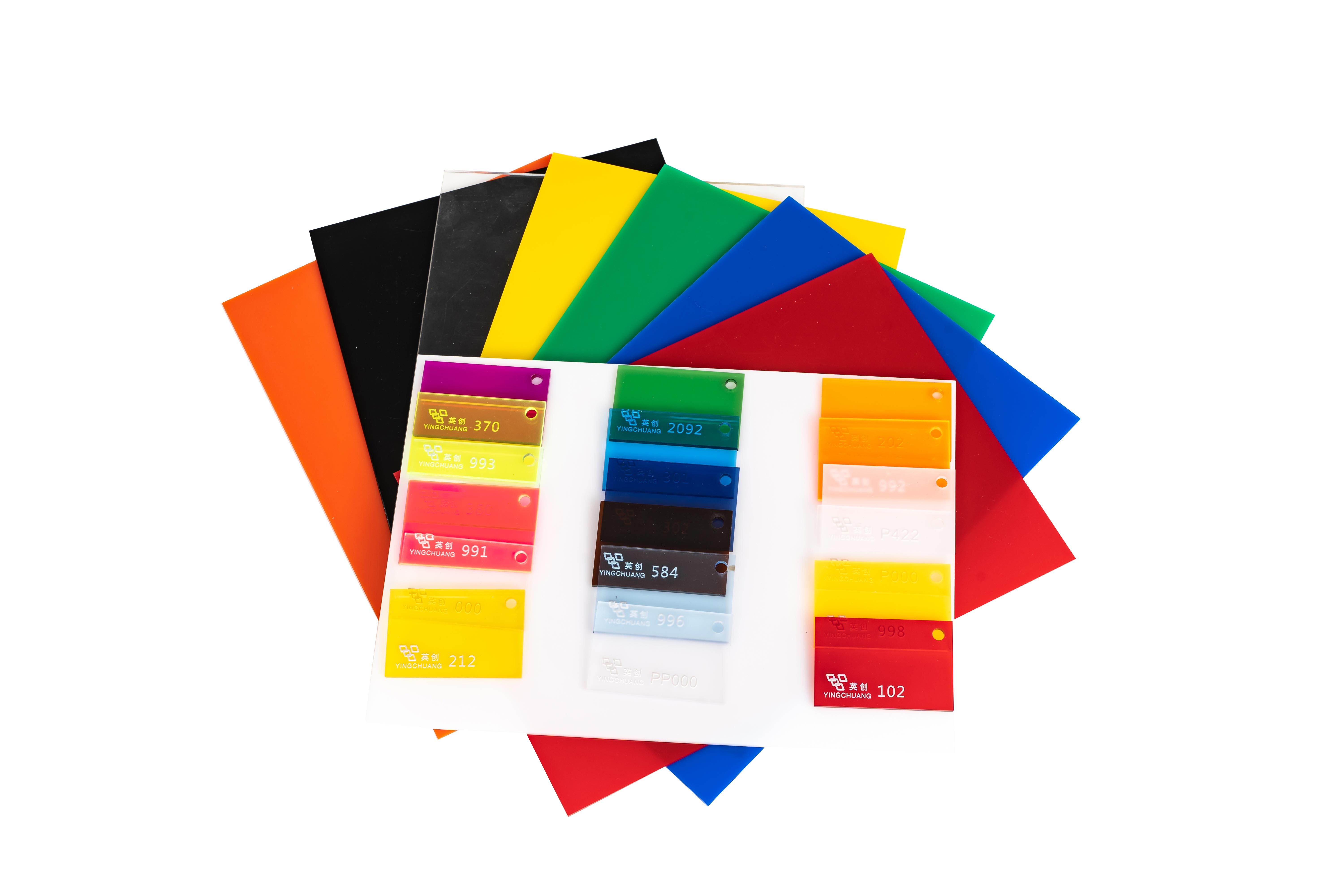Essential Care Guidelines for Pristine Acrylic Surfaces
Acrylic sheet has become increasingly popular in modern design and construction, thanks to its versatility, durability, and crystal-clear appearance. Whether you're using it for windows, displays, or decorative elements, proper maintenance is crucial to preserve its beauty and extend its lifespan. This comprehensive guide will walk you through professional techniques and insider tips to keep your acrylic surfaces in pristine condition for years to come.
Many property owners choose acrylic sheet over traditional glass due to its superior impact resistance and lighter weight. However, maintaining its clarity and preventing scratches requires specific care approaches that differ from other materials. Understanding these maintenance principles will help you protect your investment and ensure your acrylic installations continue to enhance your space's aesthetics.
Daily Cleaning and Maintenance Procedures
Proper Cleaning Solutions and Methods
The key to maintaining acrylic sheet begins with using the right cleaning products. Avoid harsh chemicals, alcohol-based cleaners, or abrasive materials that can damage the surface. Instead, opt for mild soap solutions specifically designed for acrylic materials. Mix a small amount of gentle dish soap with warm water to create an effective cleaning solution.
When cleaning your acrylic sheet, always use a soft microfiber cloth or non-abrasive sponge. Apply the cleaning solution gently in circular motions, avoiding excessive pressure that could create scratches. After cleaning, rinse thoroughly with clean water and dry with a fresh microfiber cloth to prevent water spots and streaking.
Dust Prevention and Regular Care
Establishing a routine maintenance schedule helps prevent dust accumulation and maintains the acrylic sheet's clarity. Use an anti-static cleaner periodically to reduce dust attraction, especially in display cases or indoor installations. Regular dusting with a soft microfiber cloth prevents particles from settling and potentially scratching the surface during cleaning.
Consider investing in specialized acrylic cleaning products that incorporate anti-static properties. These products create a protective barrier that repels dust and makes subsequent cleaning easier. Remember to clean your acrylic surfaces at least weekly, depending on the environment and exposure to contaminants.
Protection Against Environmental Factors
UV Protection Strategies
While acrylic sheet is naturally resistant to UV radiation, prolonged exposure can eventually lead to yellowing or degradation. Install UV-protective films or coatings on acrylic surfaces exposed to direct sunlight. These protective measures can significantly extend the material's lifespan and maintain its clarity.
Position acrylic installations away from intense UV sources when possible, or use UV-resistant variants for outdoor applications. Regular monitoring of sun exposure patterns helps identify potential problems before they become visible, allowing you to adjust protection strategies accordingly.
Temperature and Humidity Control
Acrylic sheet can expand and contract with temperature fluctuations, making climate control essential for maintaining its shape and preventing stress cracks. Maintain consistent indoor temperatures and avoid exposing the material to extreme temperature variations. In outdoor installations, ensure proper expansion joints are incorporated into the design.
Monitor humidity levels in areas where acrylic sheet is installed, as excessive moisture can affect its performance and appearance. Use dehumidifiers in humid environments and ensure proper ventilation to prevent condensation buildup on surfaces.
Scratch Prevention and Repair
Protective Measures
Implementing preventive measures is crucial for maintaining scratch-free acrylic surfaces. Use protective felt pads or rubber bumpers on items that may come into contact with the acrylic sheet. Train staff and occupants about proper handling techniques to minimize the risk of accidental scratches.
When moving objects near acrylic installations, maintain adequate clearance and use appropriate protective covers during construction or renovation work. Consider installing physical barriers or warning signs in high-traffic areas to prevent accidental contact.
Minor Scratch Restoration
For minor scratches on acrylic sheet surfaces, specialized polishing compounds can restore clarity. Begin with the finest grit and progressively work through coarser options only if necessary. Apply the compound with a soft, clean cloth using gentle circular motions.
Professional restoration services are recommended for deeper scratches or extensive damage. These experts have access to specialized equipment and techniques that can effectively restore the acrylic's original appearance without compromising its structural integrity.
Long-term Preservation Techniques
Professional Maintenance Schedule
Develop a comprehensive maintenance schedule that includes regular inspections, cleaning, and professional assessments. Document any changes in the acrylic sheet's appearance or condition to track potential issues over time. Schedule professional maintenance at least annually for commercial installations.
Keep detailed records of cleaning products used and maintenance procedures performed. This documentation helps identify effective treatments and avoid products or methods that may have caused adverse effects.
Storage and Handling Guidelines
Proper storage and handling procedures are essential when working with acrylic sheet materials. Store unused sheets in a climate-controlled environment, away from direct sunlight and heat sources. Use appropriate protective covers and support materials during transportation and installation.
Train maintenance staff on proper handling techniques and provide written guidelines for cleaning and care procedures. Establish clear protocols for reporting damage or concerns to ensure prompt attention to potential issues.
Frequently Asked Questions
How often should I clean my acrylic sheet installations?
Regular cleaning should be performed at least weekly for indoor installations and more frequently for outdoor or high-traffic areas. However, adjust the frequency based on environmental conditions and visible soil accumulation. Always use approved cleaning methods and products to prevent damage.
Can I use regular glass cleaner on acrylic sheet surfaces?
No, conventional glass cleaners often contain ammonia or alcohol that can damage acrylic surfaces. Always use cleaners specifically formulated for acrylic materials or a mild soap solution with water. Test new cleaning products on a small, inconspicuous area first.
What should I do if my acrylic sheet becomes severely scratched?
For severe scratches, consult a professional restoration service rather than attempting DIY repairs. They have specialized tools and expertise to assess the damage and recommend appropriate treatment options, which may include polishing, buffing, or replacement depending on the severity.

